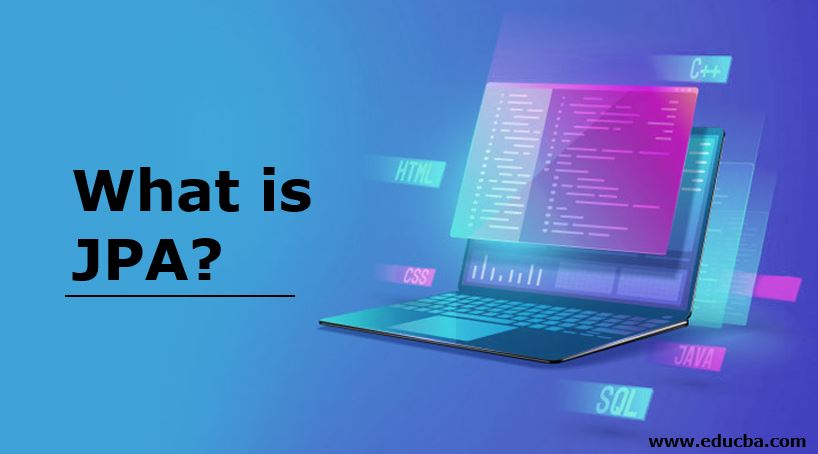Updated May 30, 2023
Introduction to JPA
JPA stands for the Java Persistence API. The Java Persistence API is a specification for persistence, which loosely means any method through which Java objects overlive their application process. It is not necessary to persist all Java objects, but most applications continue to have key business objects. Its specification lets you set which objects must persist in your Java applications and how they should persist. In its own right, it is not a tool or framework; it instead describes a collection of principles that any tool or framework can enforce.
Although Hibernate was initially based on JPA’s object-relation mapping (ORM), it has developed since. Similarly, some developers extended JPA implementations with NoSQL datastores, even though it was initially designed for use with relational/SQL databases. EclipseLink, the reference implementation of JPA 2.2, is a common platform that supports JPA with NoSQL.
What is JPA ORM?
Each JPA implementation provides some ORM layer, although they are different in execution. To understand JPA and JPA-compatible tools, it is essential to have a good grasp of ORM. Object mapping is a process that developers have a reason to avoid manually. Frameworks like Hibernate ORM or EclipseLink convert this function into a library or application, an ORM layer. The ORM layer translates software objects into a relational database, part of the framework architecture.
The ORM layer converts Java classes and objects into a relational database to save and manage them in Java. The design maintains the object’s name as the table name and converts fields into columns. Once the table is set, each table row becomes the focus of the application. The object mapping can be modified but generally functions well by default.
Data Persistence in Java
The ORM layer is an interface layer from a programming point of view. It adapts Object Graph languages to SQL language and relational tables. The ORM layer helps object-driven developers to create applications to collect data without leaving the object-driven paradigm. When using it, you create a map for your application’s data model objects from the datastore.
You define the mapping between your objects and your database and invoke the JPA to persist rather than how the objects are saved and retrieved. If you use a reference database, the Java Database Connectivity API JDBC can handle much of the connection between your application code and the server. It provides annotations for metadata to describe the mapping of objects to the database in a specific form. For JPA annotations, each JPA implementation provides its engine.
Configuring in JPA
Like most modern frames, it uses traditional coding, which offers a default setup based on best practices in the industry. For example, a musician class would be mapped to a Musician database table. The standard setting is a time saver and functions fairly well in many situations. You can also configure your JPA setup.
Entity Relationships in JPA
Only a half equation is the persistence of an object with a primitive field. It also can manage institutions with each other. Tables and artifacts are possible for four types of business relations.
- One to one
- Many to one
- One to many
- Many to Many
Each type of relationship describes the relationship between an entity and other entities. For example, an entity represented by a collection like List or Set might have a one-to-many relationship with Performance. If the musicians had a “band” field, a multi-to-one arrangement could be established, indicating that they were grouped in a single “Band” class.
Where to Use it?
A programmer follows the JPA Provider structure, allowing simple interaction with the database case to reduce the burdens of writing codes for connection object management. It takes over the requisite structure.
CRUD Operation
You have everything in the database you need to create, update, remove, and recover a class in a database table and establish its primary key. The call of the session. Save will create or update a given class, depending on whether the primary key field is zero. The calling of entityManager.remove() removes the defined class.
Conclusion
Each database application should define an application layer to isolate persistence code. As you have seen in this article, the Java Persistence API presents a range of Java object persistence capabilities and support.
Recommended Articles
This has been a guide to What is JPA? Here we discuss the basic concept, data persistence in Java, configuring, and where to use it. You may also have a look at the following articles to learn more –




